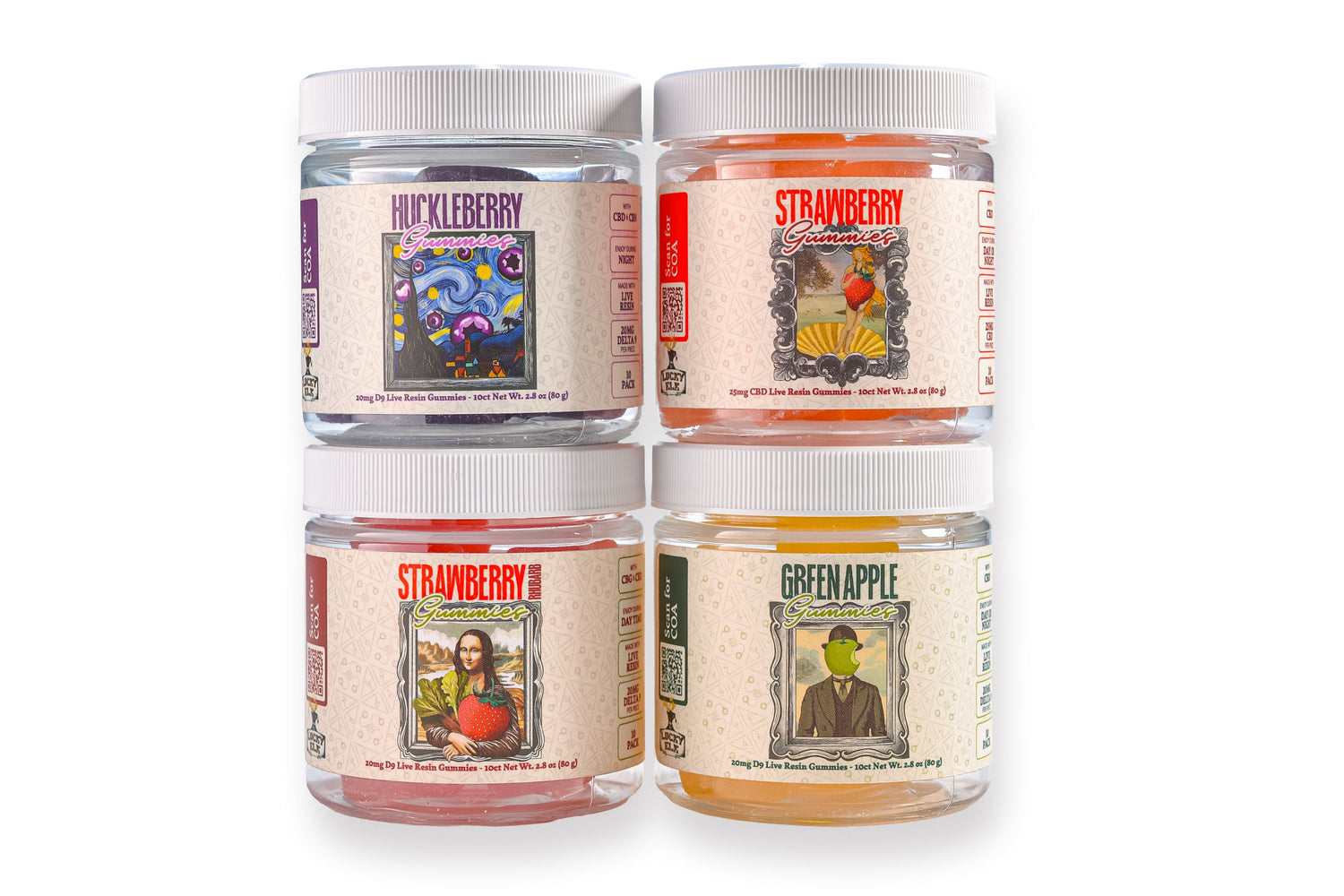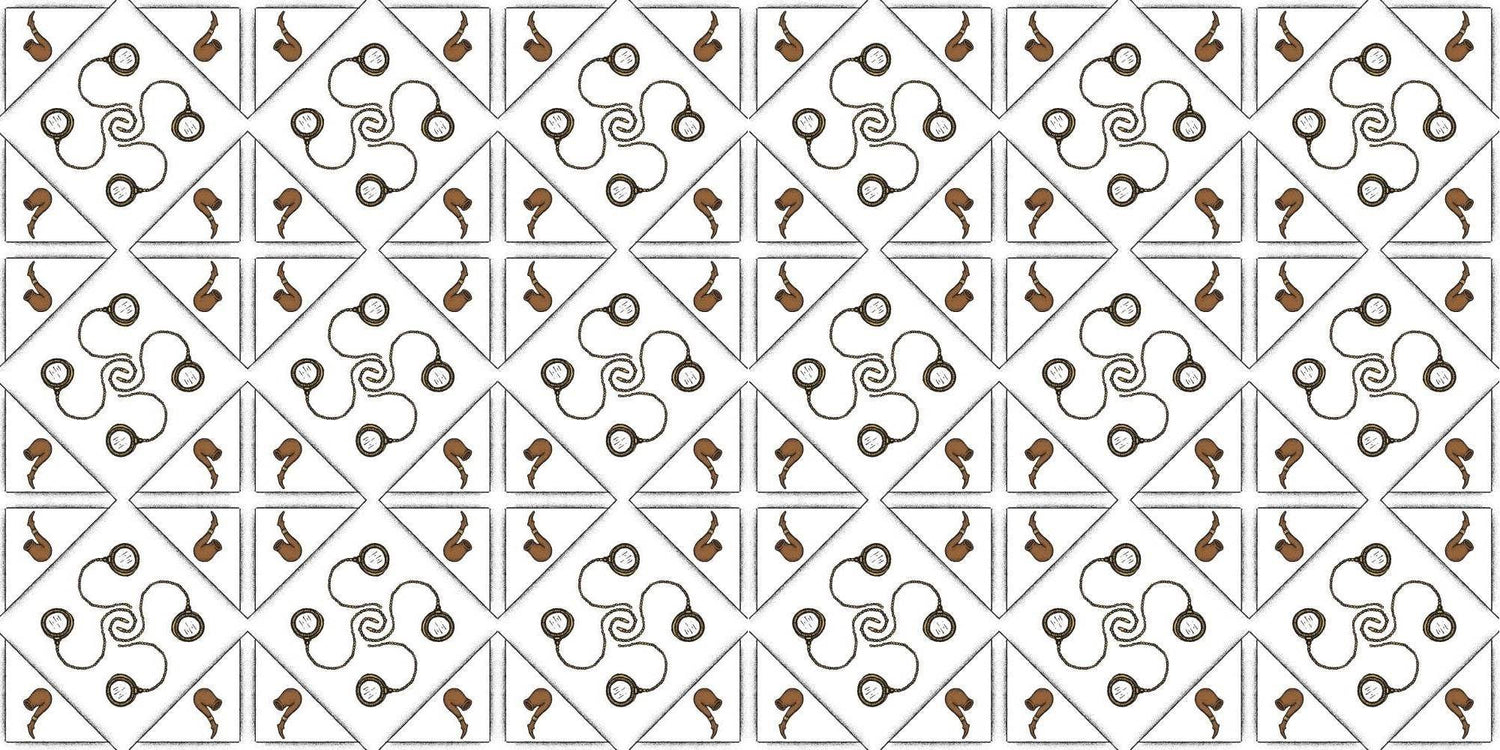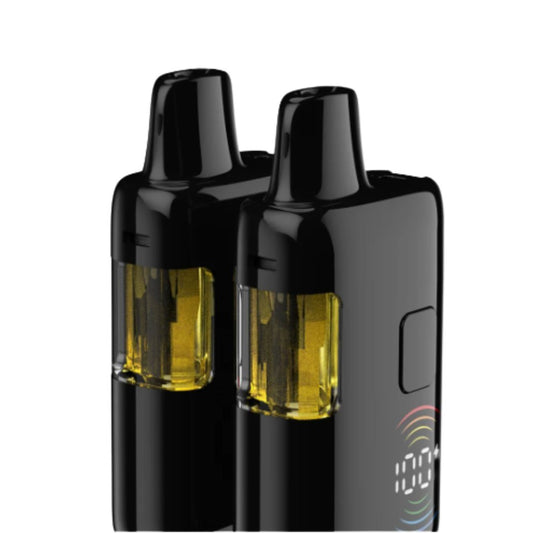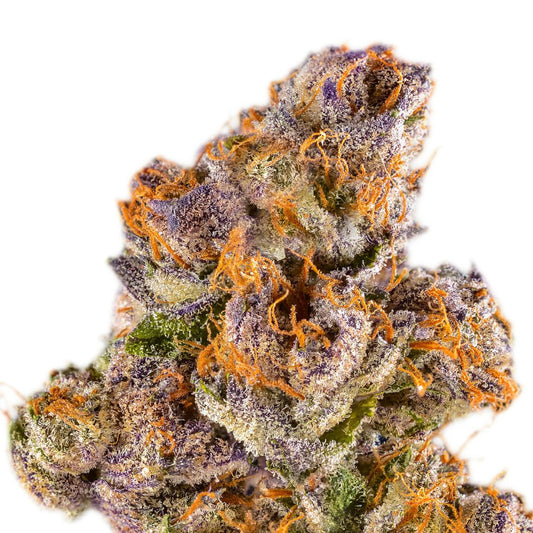From manual hoops to climate-controlled greenhouses, here’s how light-deprivation cannabis is grown—and what it takes at every level.
Light deprivation isn’t just a technique—it’s a ritual. A way for growers to work in rhythm with the sun while shaping the season to their needs. Whether you're pulling tarp before dawn or programming automated curtains from a greenhouse control panel, every approach to light dep weed comes with its own balance of labor, cost, and control.
In this guide, we’ll walk through the three main types of light dep setups—from low-budget ingenuity to high-tech precision. If you’ve ever wondered how your favorite deps weed makes it from seed to harvest, this is where it all begins.
Types of Light Dep Setups: From Hand-Pulled Tarps to High-Tech Greenhouses
While the concept of light deprivation is simple—reduce the plant’s daily light exposure to trigger flowering—the methods for doing it vary widely in complexity, cost, and labor.
Here are the three main types of light dep weed setups, each with its own pros and cons:
1. Manual Pull-Tarp (PVC Hoops + Elbow Grease)
This is the most accessible form of light dep and is common on small farms or homesteads. The structure usually involves PVC or metal hoops, basic greenhouse plastic, and a large blackout tarp pulled over the frame by hand—once in the evening and again in the morning.

✅ Low cost and highly effective if done right
❌ Labor intensive: requires someone to “pull tarp” twice daily, every day for 8+ weeks
❌ Hard to leave the farm: vacations or sleep-ins aren’t an option
❌ Tarp maintenance: sun and wind stretch the fabric, cause holes, and lead to light leaks—which can ruin a flowering cycle
This setup works, but it demands serious commitment and consistency.
2. Automated Arm Greenhouses (Mid-Range Solution)
A step up in convenience and scale, this setup involves a greenhouse frame with built-in blackout vents, exhaust fans, and external tarps pulled by automated arms on a timer. These arms extend along the length or radius of the greenhouse to cover the structure automatically.

✅ Less daily labor: automation replaces manual tarp pulls
✅ Better light sealing with proper venting
❌ Frequent malfunctions: the arms are notorious for tearing tarps or freezing mid-cycle, often at the worst possible time
❌ Still reliant on proper timing and maintenance
This system is common among mid-sized farms, striking a balance between scale and sustainability—but it’s not without headaches.
3. High-Tech Climate-Controlled Greenhouses
At the top of the spectrum is the fully integrated light dep system—a climate-controlled greenhouse with CO₂ injection, automated heating and cooling, supplemental lighting, and internal blackout curtains that close silently and securely on a timer.

✅ Consistent results, even during heat waves or cloudy weeks
✅ Minimal wear and tear: internal curtains are protected from weather
✅ Full climate control enables year-round harvests and dialed-in terpene expression
❌ Very expensive to build and operate
❌ Requires technical knowledge and constant calibration
These setups are essentially indoor grows with sunlight assist—often used by large-scale, premium cultivators who want light dep quality with indoor consistency.
Final Takeaway
There’s no single “right” way to do light dep—it’s about matching your resources, goals, and work ethic with the method that fits. Whether you’re hand-pulling tarp at sunrise or programming blackout cycles from your phone, light dep growing reflects the balance every farmer seeks: between nature and control, labor and flow, light and dark.









